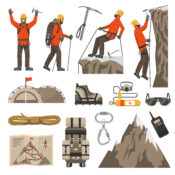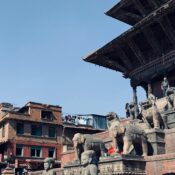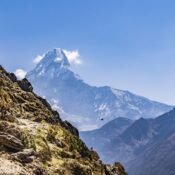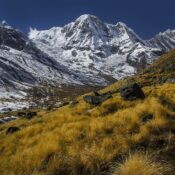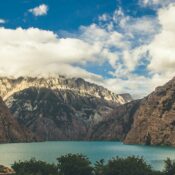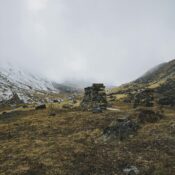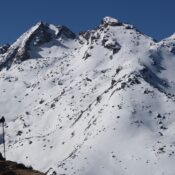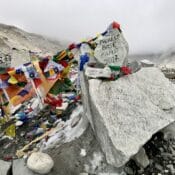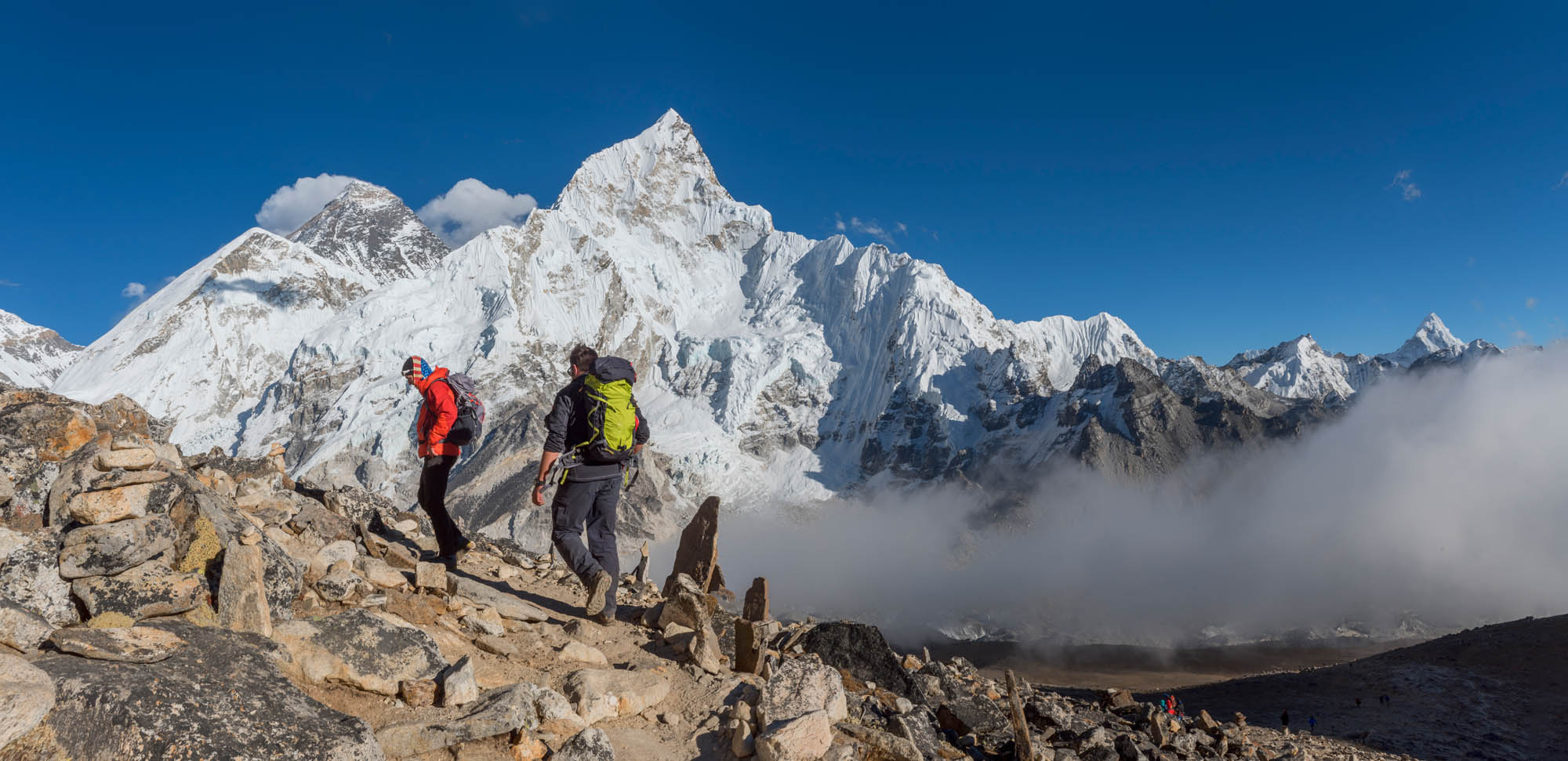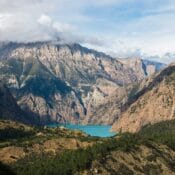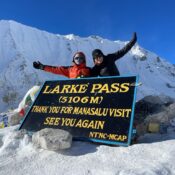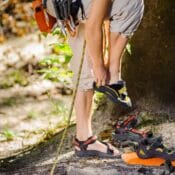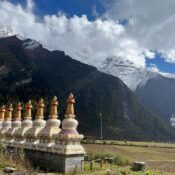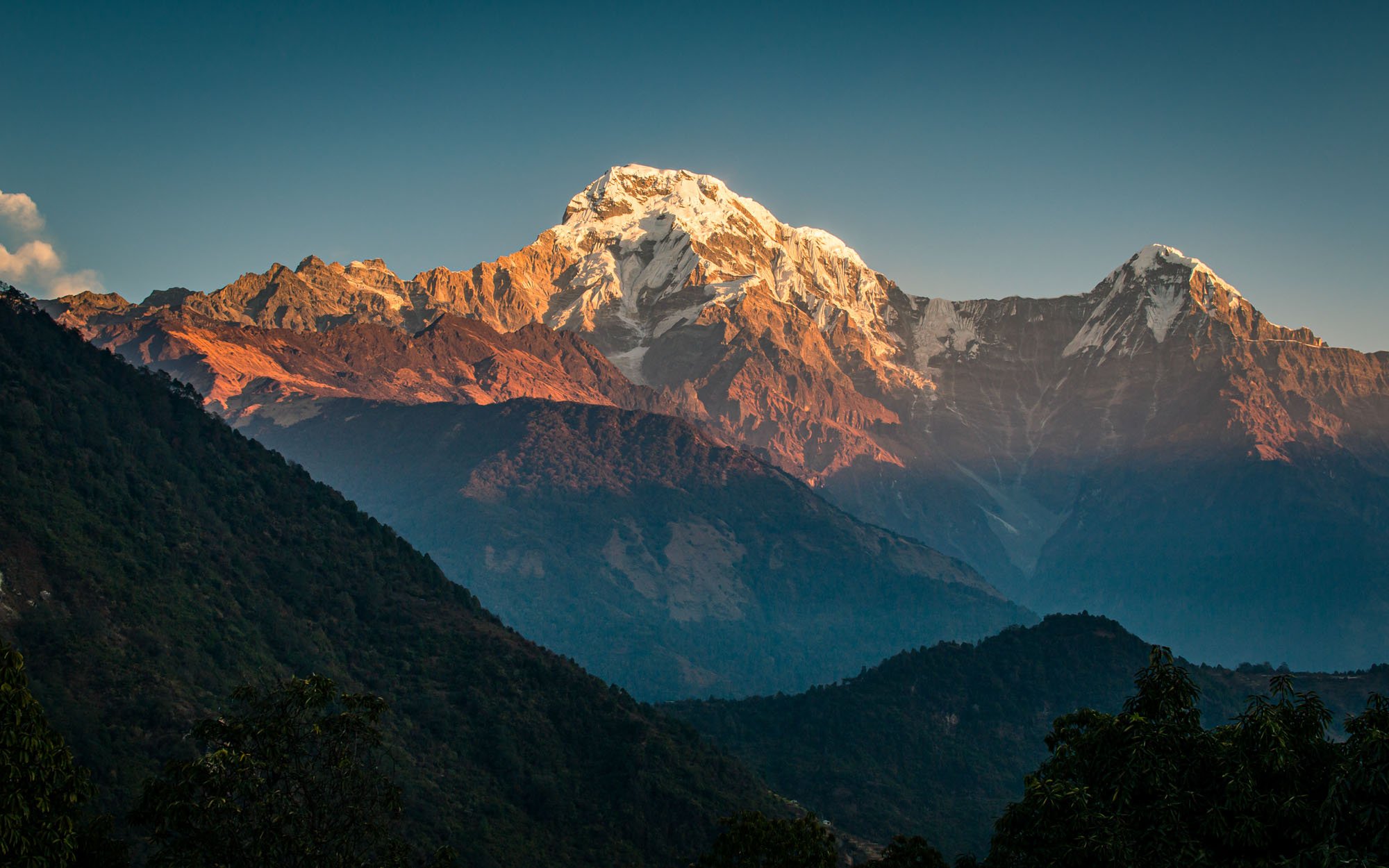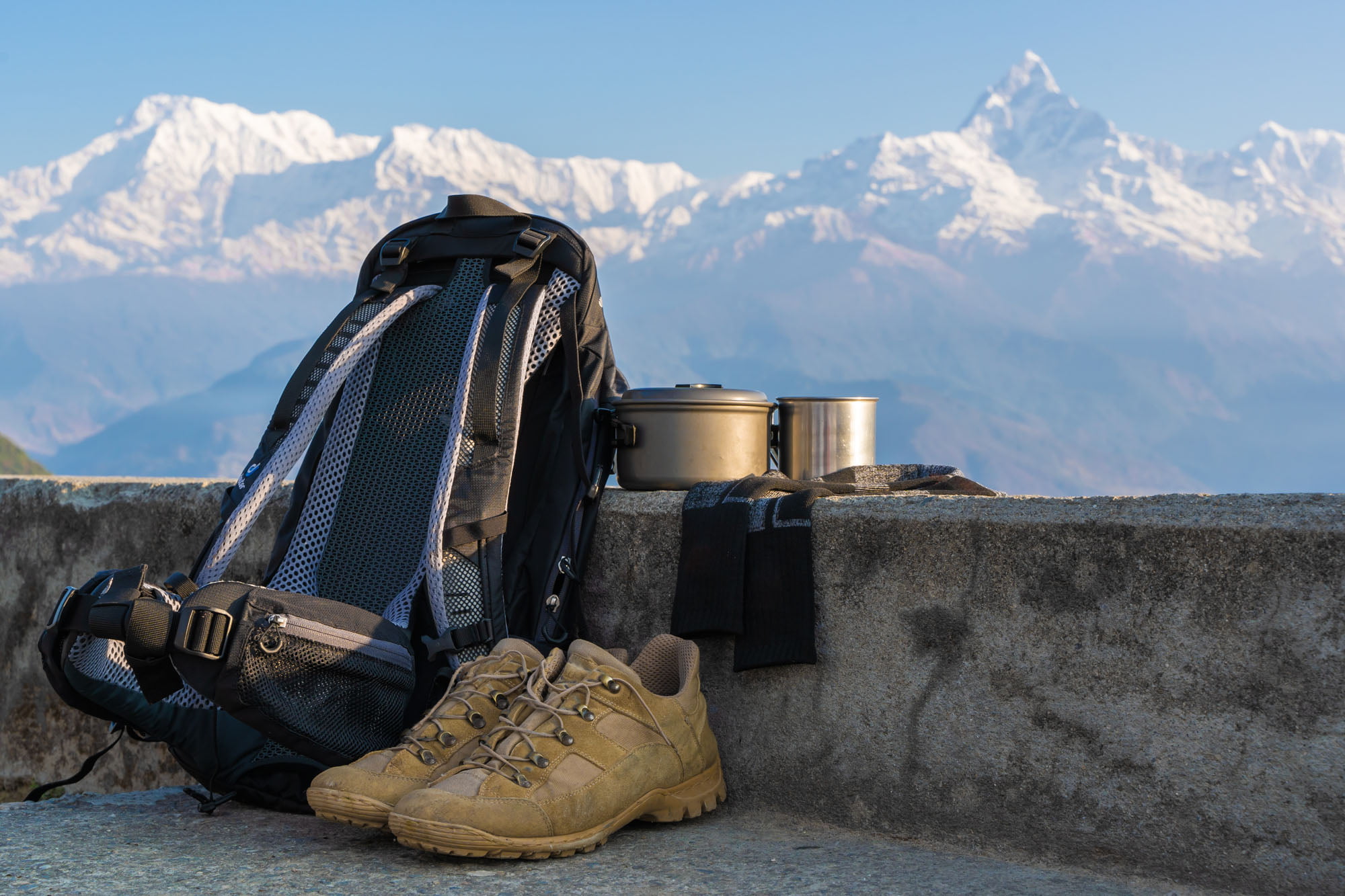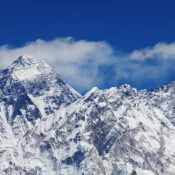Battery Durability in Nepal’s Mountain Region: Stay Powered in the Himalayas
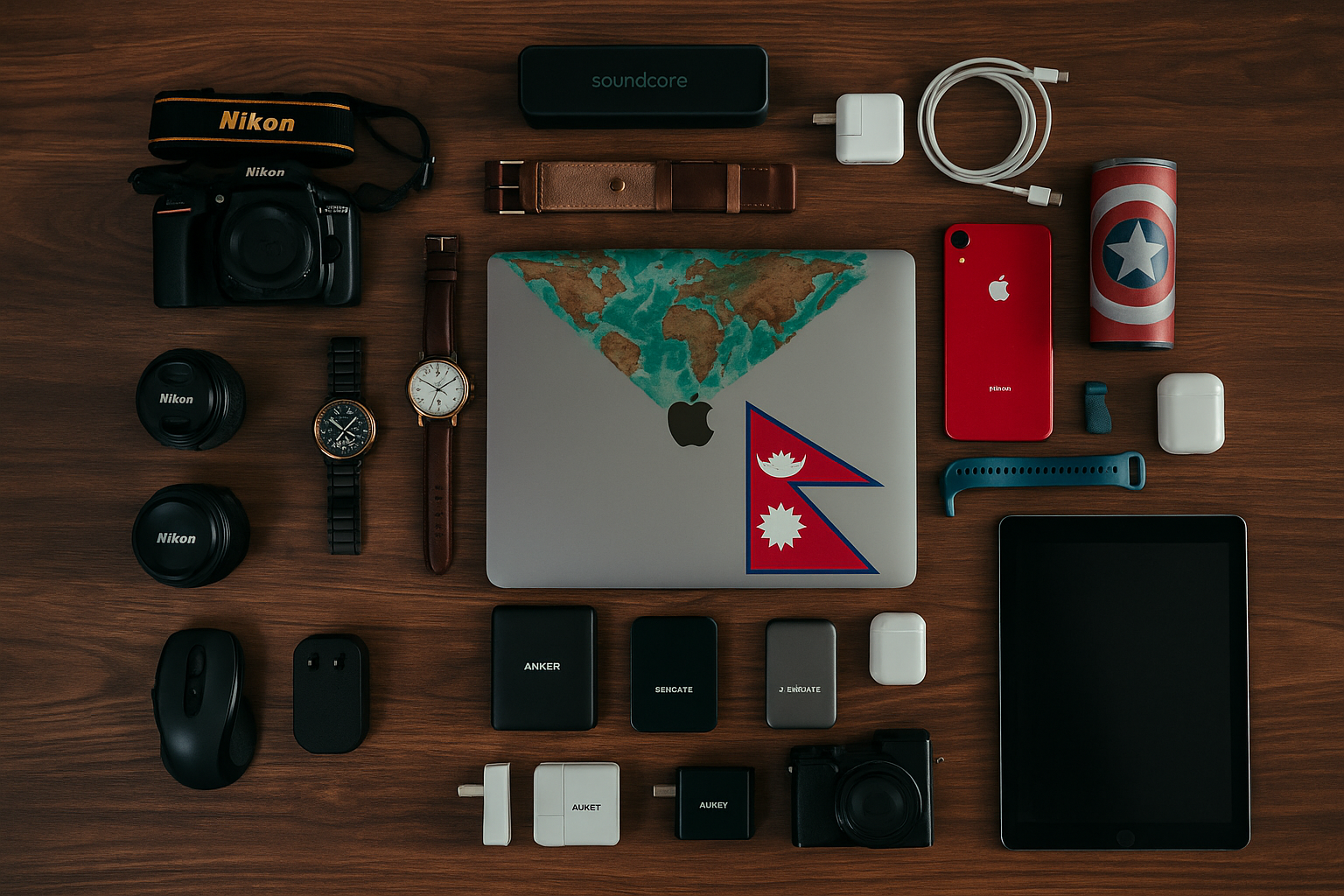
Imagine this — you're trekking the legendary Annapurna Circuit, prayer flags fluttering above, and the snow-capped Himalayas painting a surreal backdrop.
As your headlamp lights the path toward Thorong La Pass in the early dawn, a sudden beep breaks the silence: low battery.
In Nepal’s high-altitude terrain, battery durability isn’t just about convenience—it’s about safety, navigation, and capturing unforgettable moments.
Understanding battery durability in Nepal and how to improve their performance can make your trek smoother and safer.
Why Battery Durability Is Challenged in the Himalayas
Cold Temperatures
Battery efficiency drops significantly in cold climates. In regions above 3,000 meters—such as Everest Base Camp, Annapurna Base Camp, or the Manaslu region—temperatures often fall below freezing, reducing a battery’s capacity and overall lifespan.
Altitude and Low Air Pressure
High altitudes reduce air pressure, which affects the chemical reactions within lithium-ion batteries. This leads to faster drainage and sometimes even battery swelling or malfunctioning in extreme cases.
Frequent Usage
During trekking, devices are used intensively—for navigation, photography, lighting, and communication. Constant usage without proper charging intervals puts stress on batteries, reducing their performance even faster.
Lack of Reliable Charging
In remote areas, electricity is limited or solar-powered. Charging facilities are often paid and not always consistent, so maintaining battery life becomes essential.
Tips to Improve Battery Durability During Trekking
Keep Batteries Warm
- Store batteries and devices inside inner jacket pockets
- Sleep with batteries inside your sleeping bag at night
- Use insulated pouches for power banks and camera batteries
Use Battery Saver Modes
- Switch to airplane mode when not using the internet or network
- Lower screen brightness and disable location services when unnecessary
- Use energy-efficient apps for GPS and tracking
Carry Reliable Power Banks
- Bring a high-capacity, cold-resistant power bank (10,000 mAh or higher)
- Charge them fully before the trek and keep them warm
- Avoid cheap or untested models, which often underperform in the cold
Optimize Device Usage
- Minimize screen time on cameras and phones
- Avoid constant video recording or drone use unless necessary
- Turn off devices when not in use
Protect Devices from Moisture
- Use waterproof or moisture-resistant cases and bags
- Avoid sudden temperature changes that may cause condensation
Recommended Devices for Better Battery Durability
| Device Type | Recommended Feature |
|---|---|
| Power Banks | Cold-resistant, 10,000–20,000 mAh |
| Headlamps | Use rechargeable lithium-ion batteries |
| Smartphones | Models with proven battery life in low temps |
| Cameras | Spare batteries stored warm, minimal LCD use |
| GPS Trackers | Low-power tracking with offline maps |
Charging Options During Trekking
| Location | Availability | Tips |
|---|---|---|
| Tea Houses | Limited, paid | Charge during the day |
| Solar Charging | Common in remote areas | Use during sunny periods |
| USB Hubs (Shared) | Limited in peak season | Carry your own USB charger |
How Adventure Glacier Treks Helps You Stay Powered
We understand the importance of battery durability in Nepal’s mountain regions. Our team:
- Advises clients on the right gear and charging strategy
- Plans overnight stays in places with reliable charging options
- Provides logistical support for drones, cameras, or GPS trackers
Final Thought
Battery issues in the mountains aren’t just inconvenient—they can affect your safety, navigation, and the ability to document your journey.
With the right preparation and awareness about battery durability in Nepal, your devices can last longer and perform better throughout your Himalayan adventure.
Plan smarter. Trek longer. Stay powered.
[Contact Adventure Glacier Treks & Expedition]
[Explore Our Treks Around Nepal]
Frequently Asked Questions about battery durability in Nepal
The best way to keep batteries warm is by storing them inside your inner jacket pocket or sleeping bag at night. Use insulated cases for power banks and camera batteries.
Not all power banks perform well in cold weather. It is recommended to carry cold-resistant models with at least 10,000 mAh capacity and keep them warm to ensure efficiency.
Charging is available at most tea houses, but it is often limited and comes with a fee. It’s advisable to charge during the day and carry a reliable power bank as a backup.
Yes, high altitude reduces air pressure, which can impact the chemical reactions inside batteries. This leads to faster draining and, in extreme cases, swelling or failure.
Choose a headlamp with a rechargeable lithium-ion battery, as these are more reliable and perform better in cold conditions compared to traditional alkaline batteries.
Yes, solar chargers can be useful, especially in remote areas with good sunlight. They work best during the day and should be used when the weather is clear.

